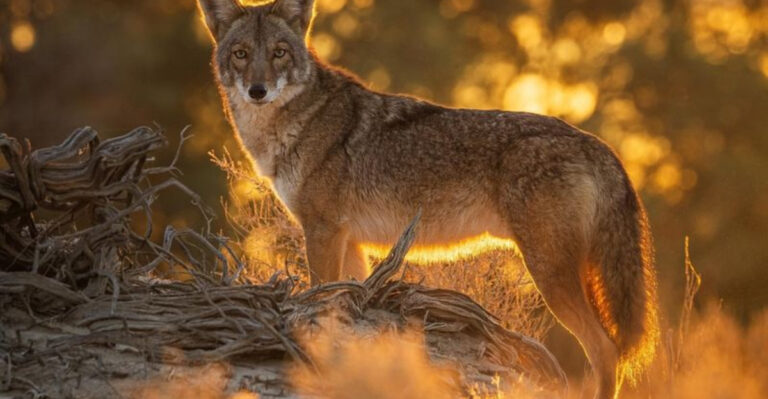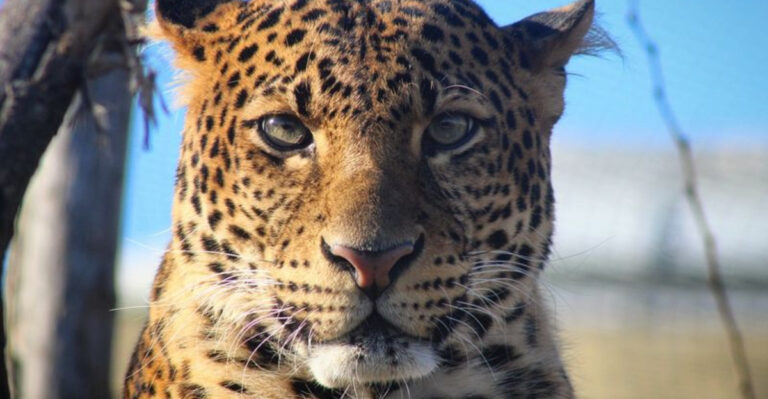9 Fish That Clean U.S. Waterways And 5 Invasive Species That Make It Worse
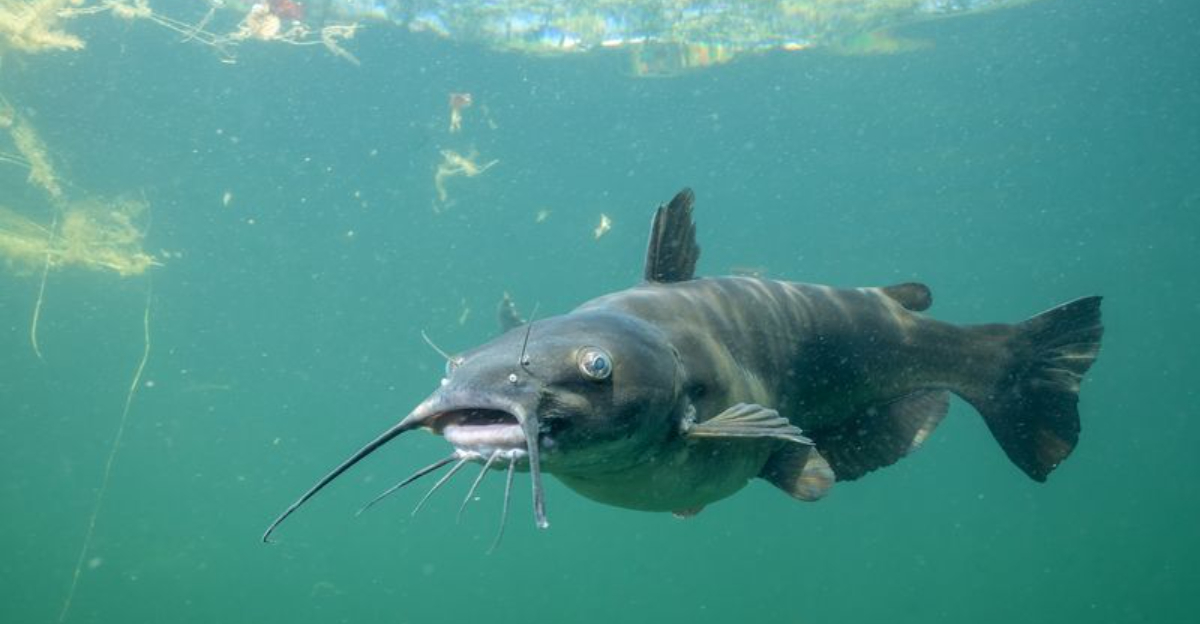
America’s rivers, lakes, and streams depend on a delicate balance of aquatic life to stay healthy. Some fish act as nature’s cleanup crew, filtering water and controlling algae growth.
Others—invasive species that don’t belong—destroy habitats and push native species to the brink. Let’s explore the underwater heroes maintaining our waterways and the troublemakers causing chaos beneath the surface.
1. Freshwater Mussels
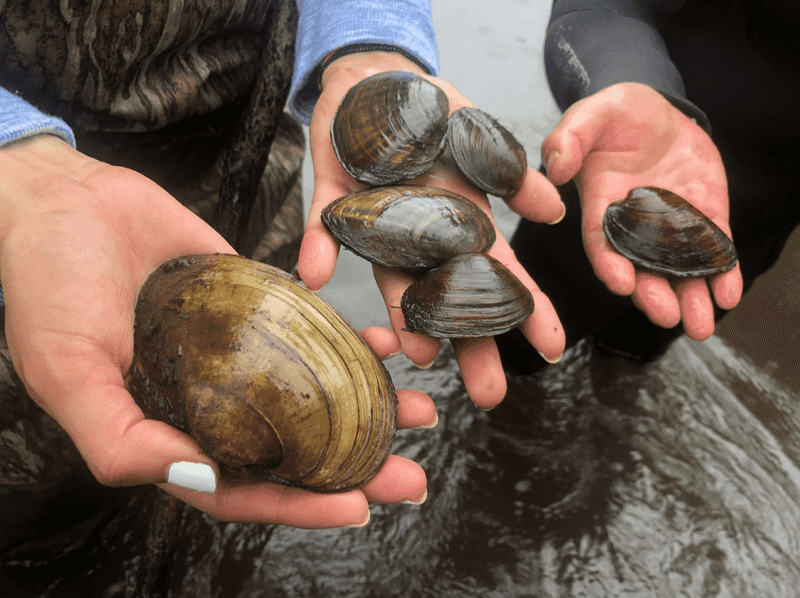
Ever wonder how some rivers stay clean naturally? A single freshwater mussel filters up to 15 gallons of water daily, removing bacteria, algae, and tiny pollutants.
These unsung heroes work tirelessly as living water treatment plants. Many species are endangered now, threatening the health of entire ecosystems.
2. American Paddlefish
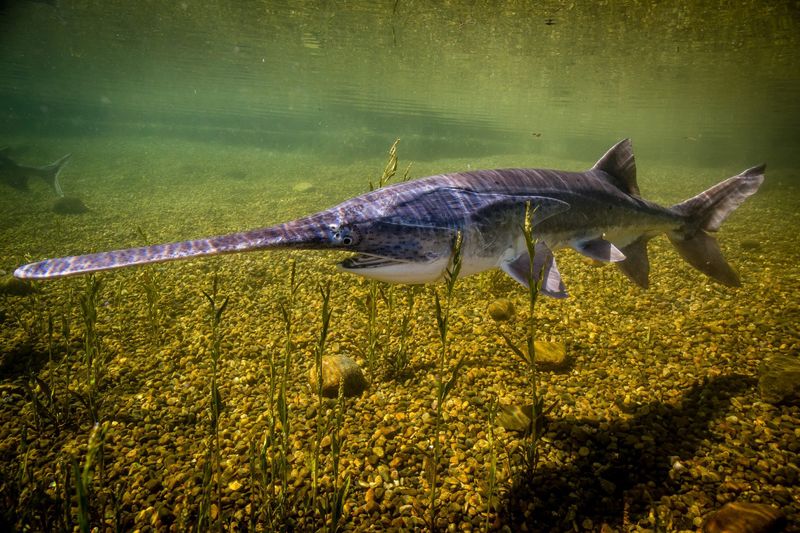
Looking like something from prehistoric times, these gentle giants cruise through rivers with their mouths wide open. Their massive gill rakers strain tiny organisms and algae from the water.
Dating back 60 million years, paddlefish help maintain water clarity in the Mississippi River basin. Sadly, dam construction has limited their natural range.
3. Bluegill
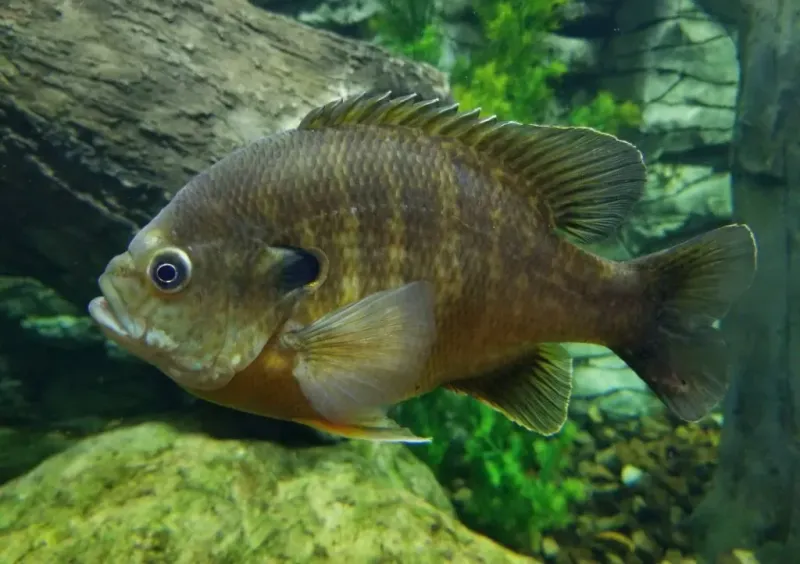
Found in nearly every pond and lake across America, these colorful fish feast on pesky algae that would otherwise choke waterways. Their constant grazing prevents excessive growth that depletes oxygen levels.
Beyond algae control, bluegills consume mosquito larvae, helping reduce disease-carrying insects. They’re natural multi-taskers keeping our waters balanced.
4. Channel Catfish
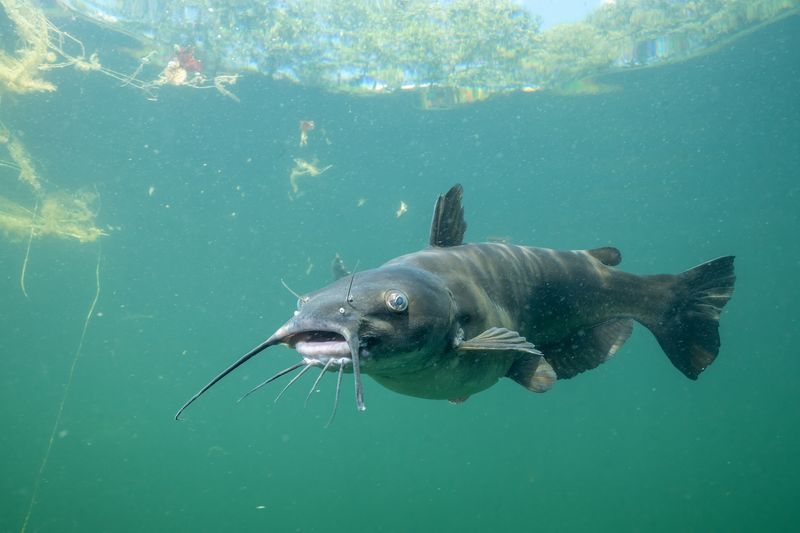
Whiskers aren’t just for looks! Channel catfish use their sensitive barbels to locate food in murky waters while cleaning river bottoms. They scavenge dead organisms that would otherwise decompose and degrade water quality.
These whiskered cleaners prevent harmful bacterial blooms by consuming organic waste. Their bottom-feeding habits continually stir sediments, preventing stagnation.
5. Gizzard Shad
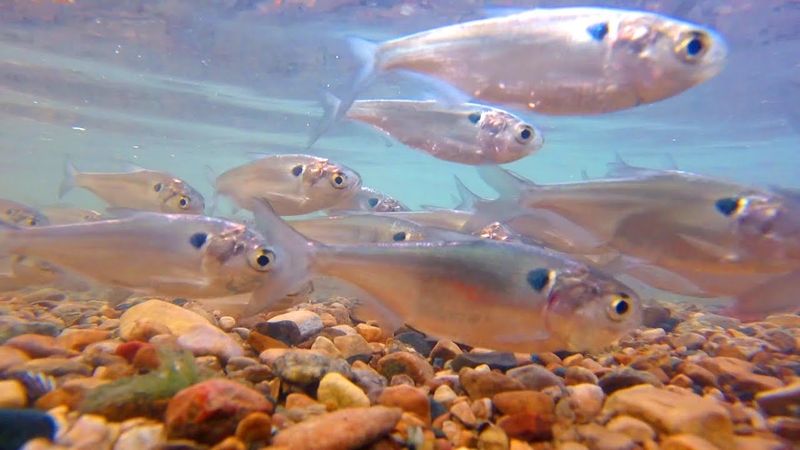
Swimming in massive schools, these silver fish might not win beauty contests, but they’re champion water cleaners. Their specialized gill rakers strain microscopic plankton and algae from the water column.
A single adult can filter several gallons hourly! By controlling plankton populations, gizzard shad prevent the explosive algae blooms that lead to fish kills and water quality problems.
6. Bigmouth Buffalo
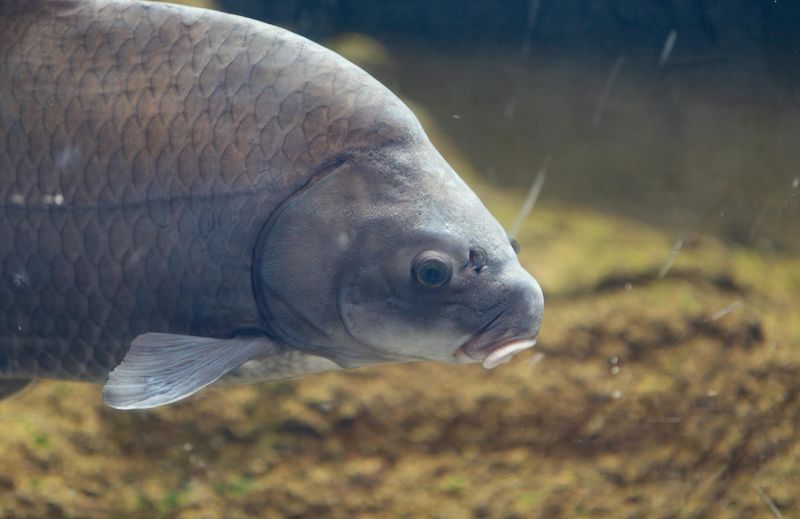
Don’t let the name fool you—these large, robust fish are water-cleaning champions. Using specialized mouth structures, they vacuum up detritus and plankton from the water column.
Recently discovered to live up to 112 years, bigmouth buffalo have been filtering America’s waters longer than any human alive today! Their constant feeding helps maintain the clarity of lakes and slow-moving rivers.
7. Smallmouth Buffalo
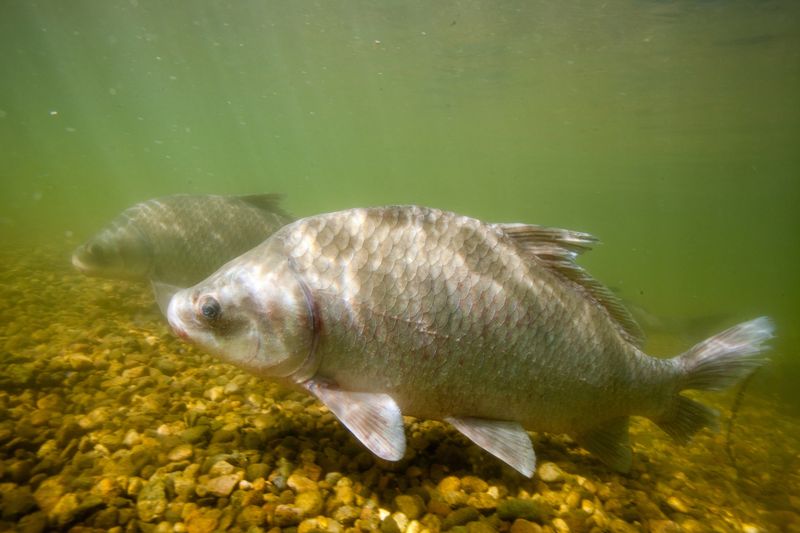
Rooting through bottom mud might seem messy, but smallmouth buffalo turn this dirty job into an environmental service. They consume organic debris that would otherwise decompose and release nutrients that fuel algae blooms.
These hard-working fish prevent excessive nutrient buildup in waterways. Their feeding habits aerate sediments, promoting healthy bacterial communities that break down pollutants.
8. Common Carp
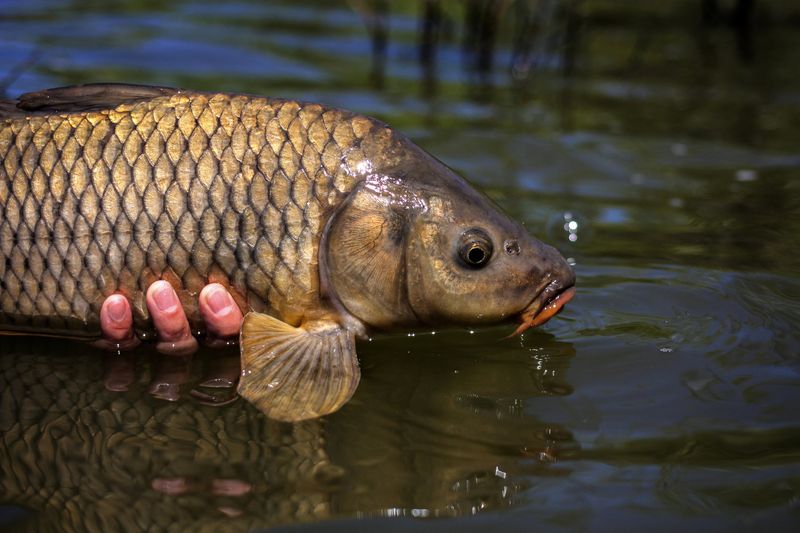
Originally introduced from Europe, common carp have become naturalized across America. These bottom-feeders stir up sediments while searching for food, preventing nutrient buildup in lake bottoms.
By constantly rooting through mud, they release trapped nutrients back into the water column. This recycling process supports the entire food web and prevents stagnation in slow-moving waterways.
9. Largemouth Bass
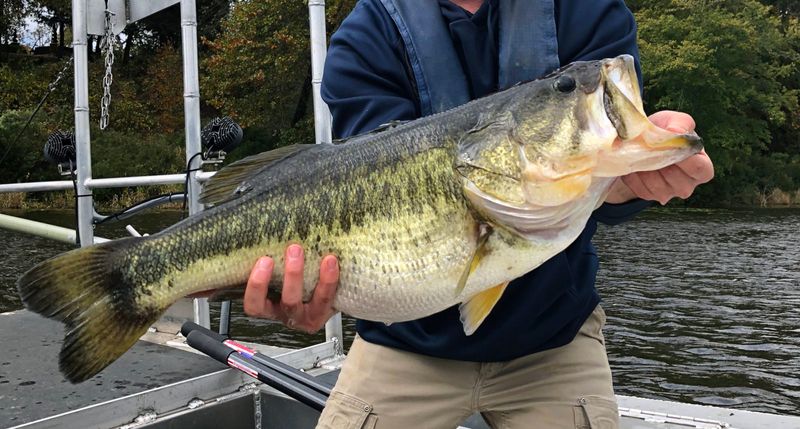
America’s favorite sportfish does more than excite anglers—it helps maintain healthy waterways. As top predators, largemouth bass control populations of smaller fish that might otherwise overgraze beneficial algae or become too numerous.
This natural population control prevents boom-and-bust cycles that destabilize aquatic ecosystems. Their presence indicates a balanced, functioning waterway with good water quality.
10. Asian Carp
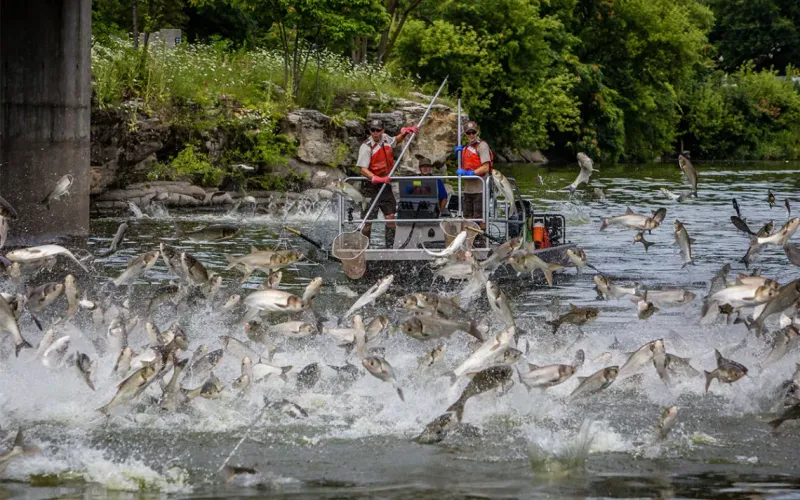
Flying fish aren’t just ocean creatures! Asian carp leap several feet out of the water when startled, sometimes injuring boaters. These invasive fish consume up to 40% of their body weight daily in plankton.
This voracious appetite depletes food sources for native species. Spreading throughout the Mississippi River system, they threaten the Great Lakes ecosystem and the $7 billion fishing industry.
11. Northern Snakehead
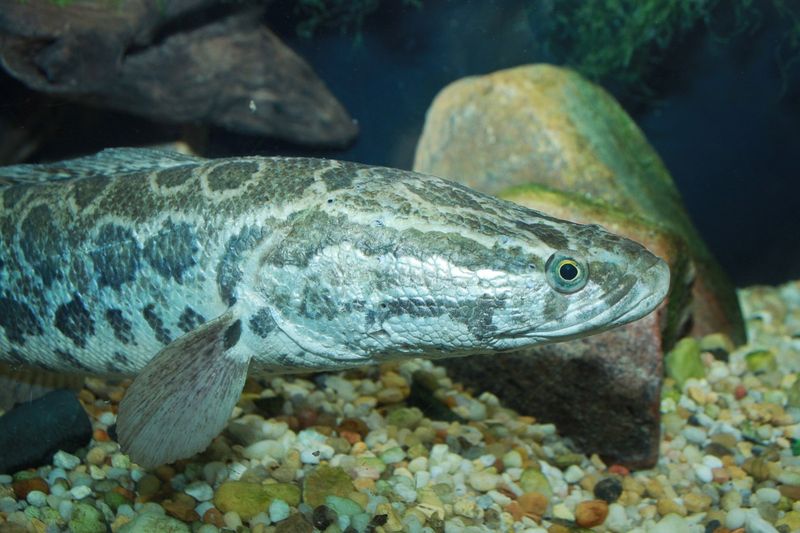
Straight from a sci-fi movie, these fish can breathe air and wiggle across land to reach new waters! Native to Asia, snakeheads have established populations in several states after irresponsible releases.
With voracious appetites and no natural predators, they devour native fish, frogs, and even small birds. Their ability to survive in poor-quality water gives them an edge over native species during tough conditions.
12. Lionfish
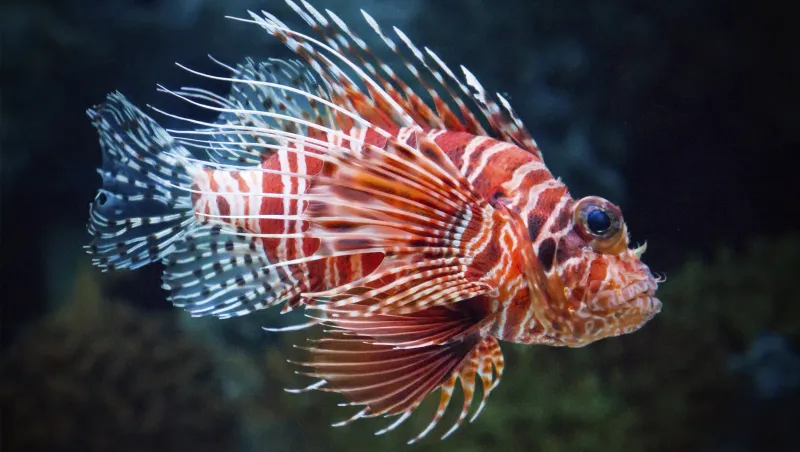
Sporting beautiful but venomous spines, lionfish might look stunning in aquariums but wreak havoc in U.S. coastal waters. Native to the Indo-Pacific, they’ve invaded the Atlantic coast and Gulf of Mexico.
A single female releases up to 2 million eggs annually! These prolific breeders consume over 50 species of native fish and have reduced some local fish populations by 80%, devastating reef ecosystems.
13. Round Goby
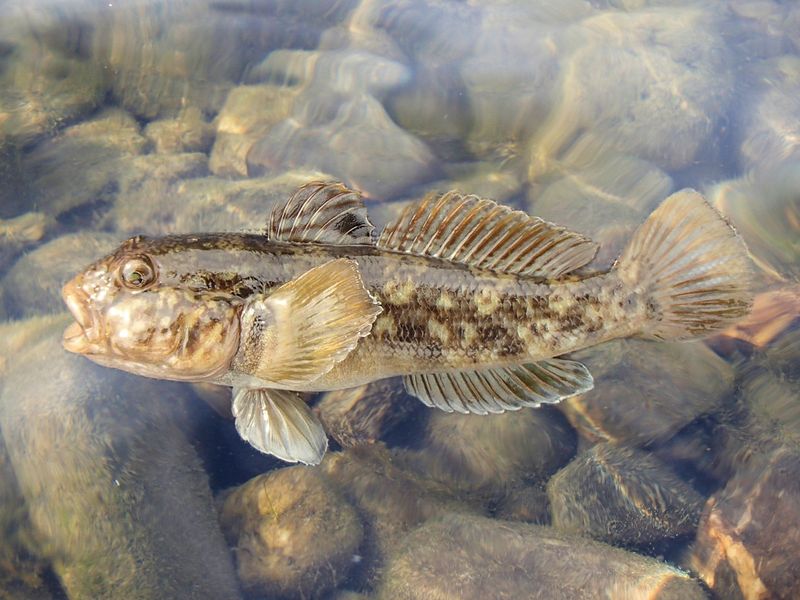
Small but mighty troublemakers, round gobies arrived in ship ballast water from Europe in the 1990s. These aggressive bottom-dwellers outcompete native fish for food and habitat while consuming their eggs and young.
Adding insult to injury, they can spawn multiple times per season and survive in polluted waters. Their spread throughout the Great Lakes has disrupted food webs and threatened endangered native species.
14. Flathead Catfish
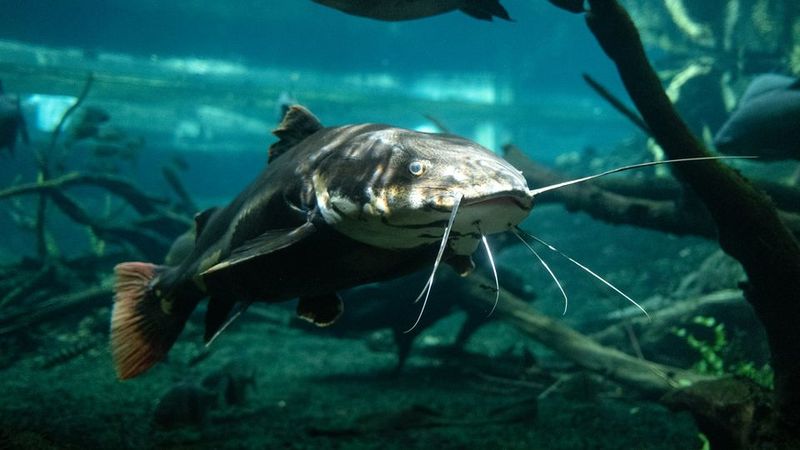
Reaching over 100 pounds, these monster catfish have been illegally introduced to rivers outside their native range. Unlike their beneficial cousin the channel catfish, flatheads are pure predators that drastically alter ecosystems.
They consume nearly anything that fits in their massive mouths. In Atlantic coastal rivers, they’ve reduced some native fish populations by 90%, devastating species that evolved without such efficient predators.


